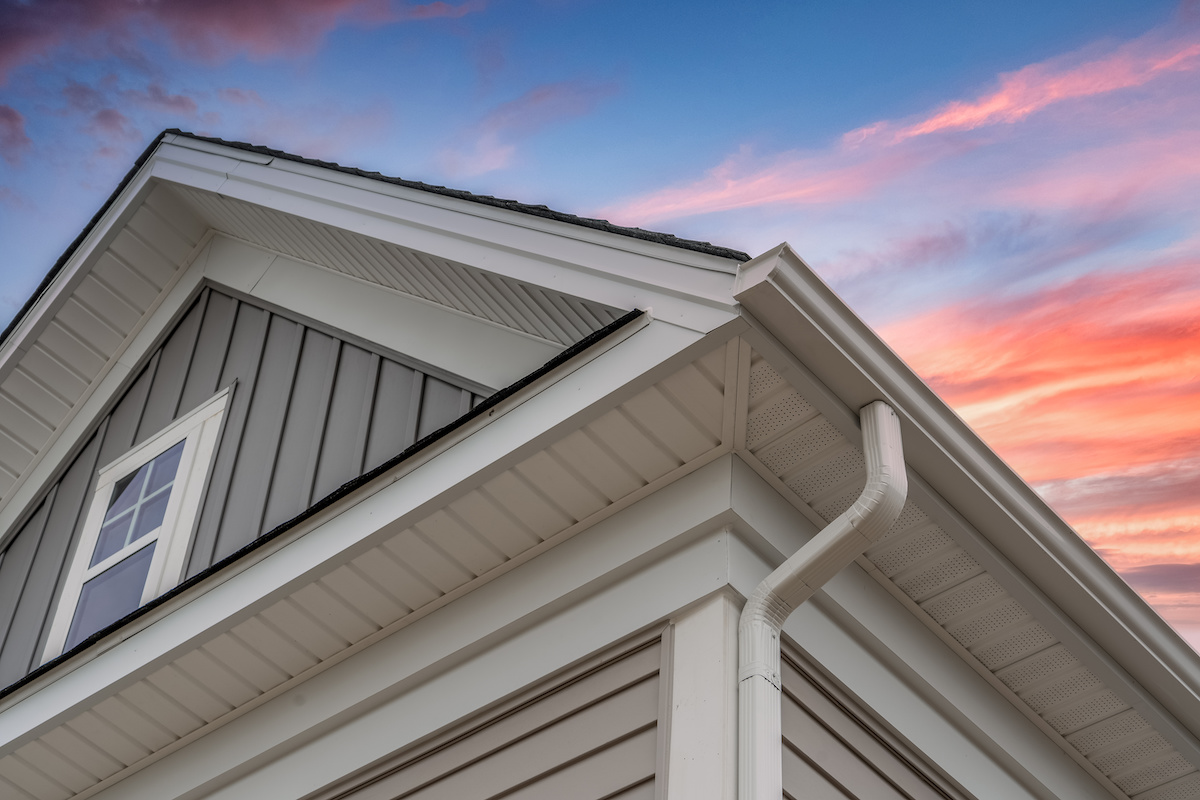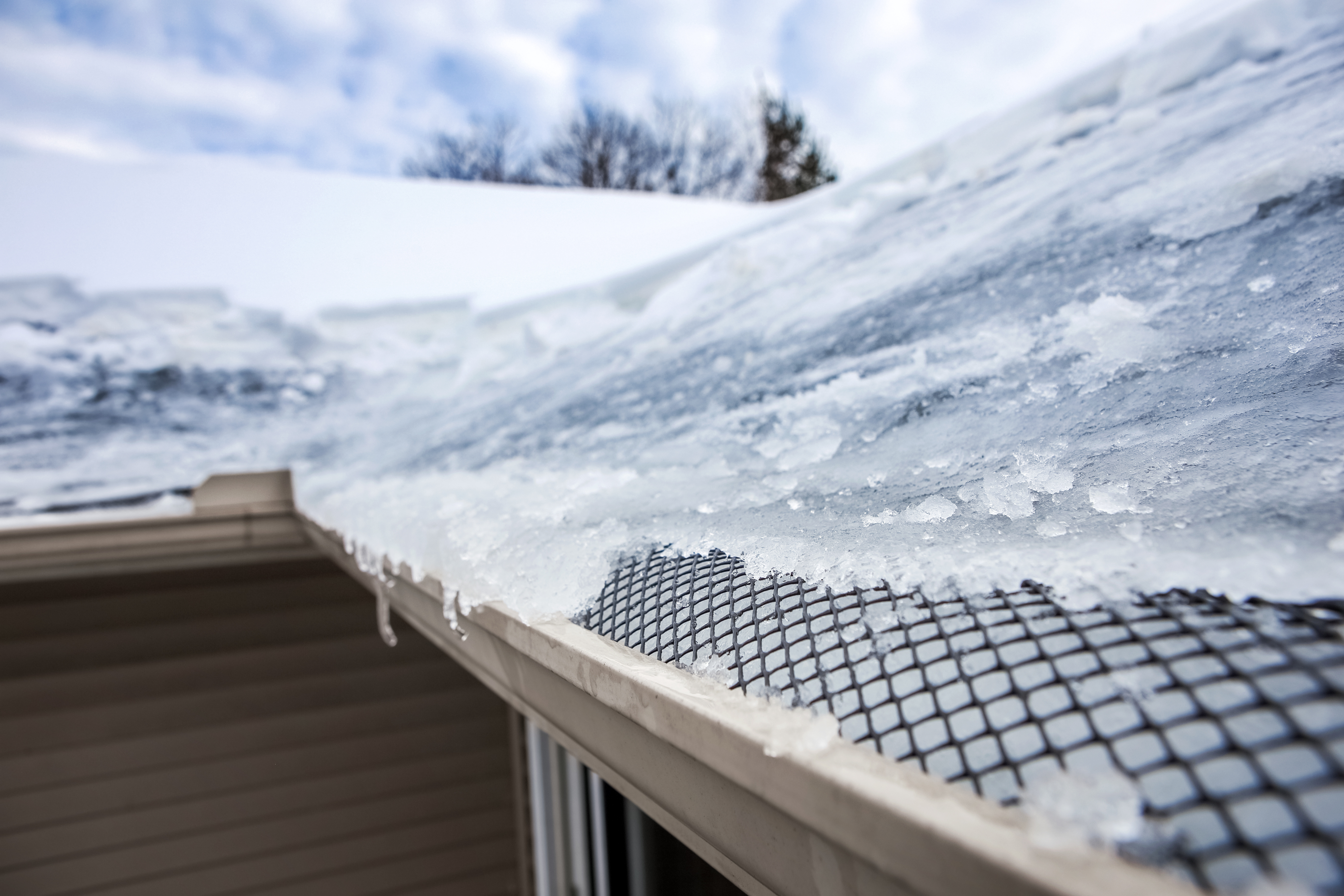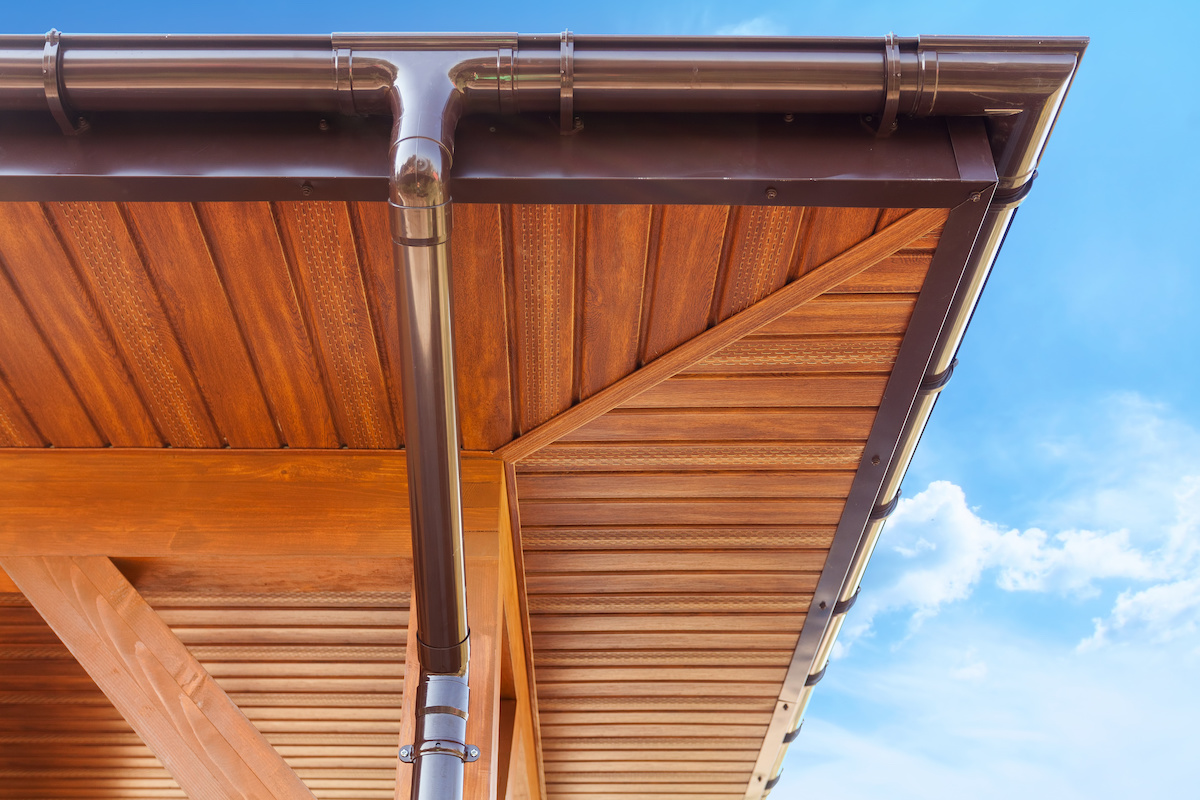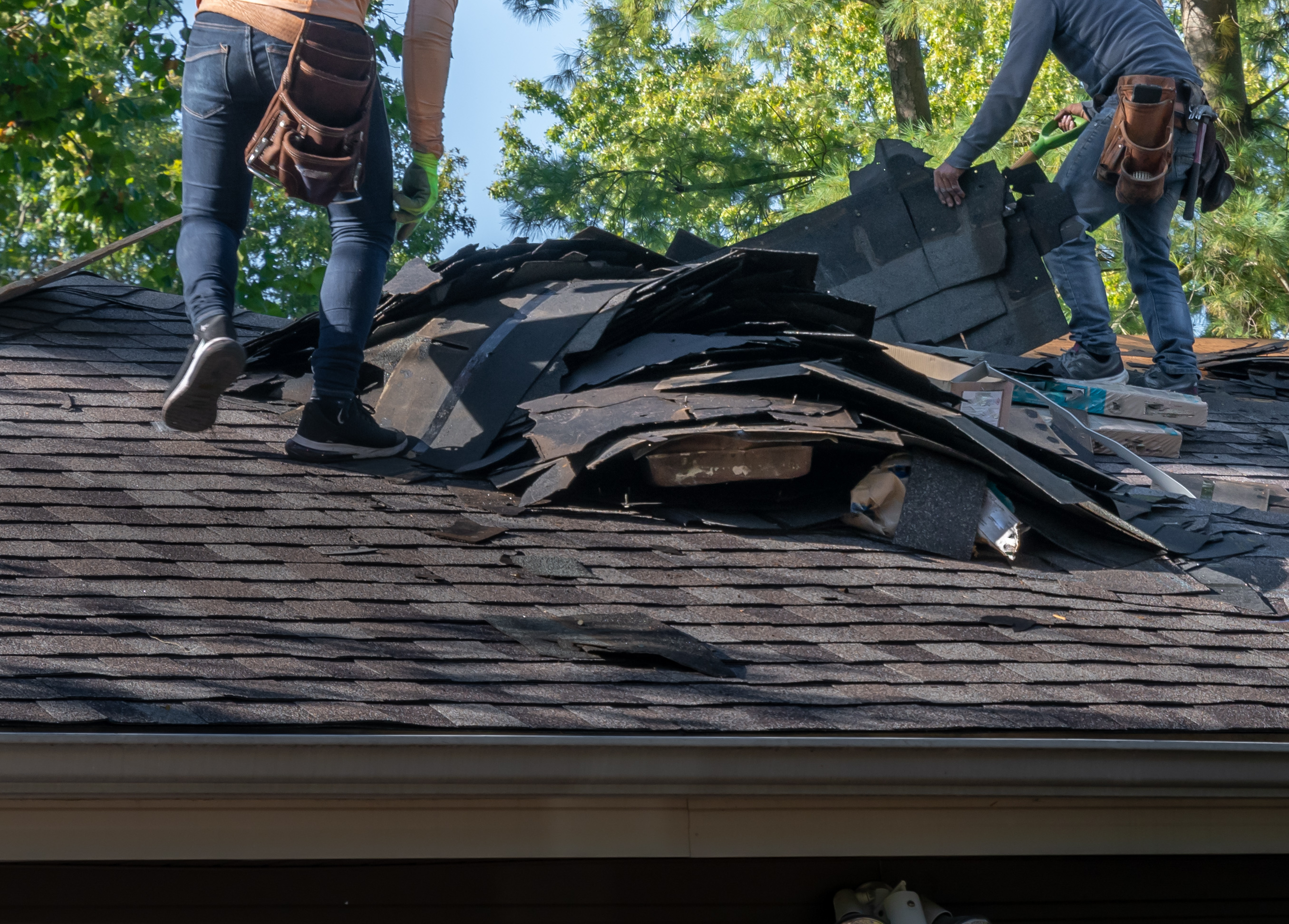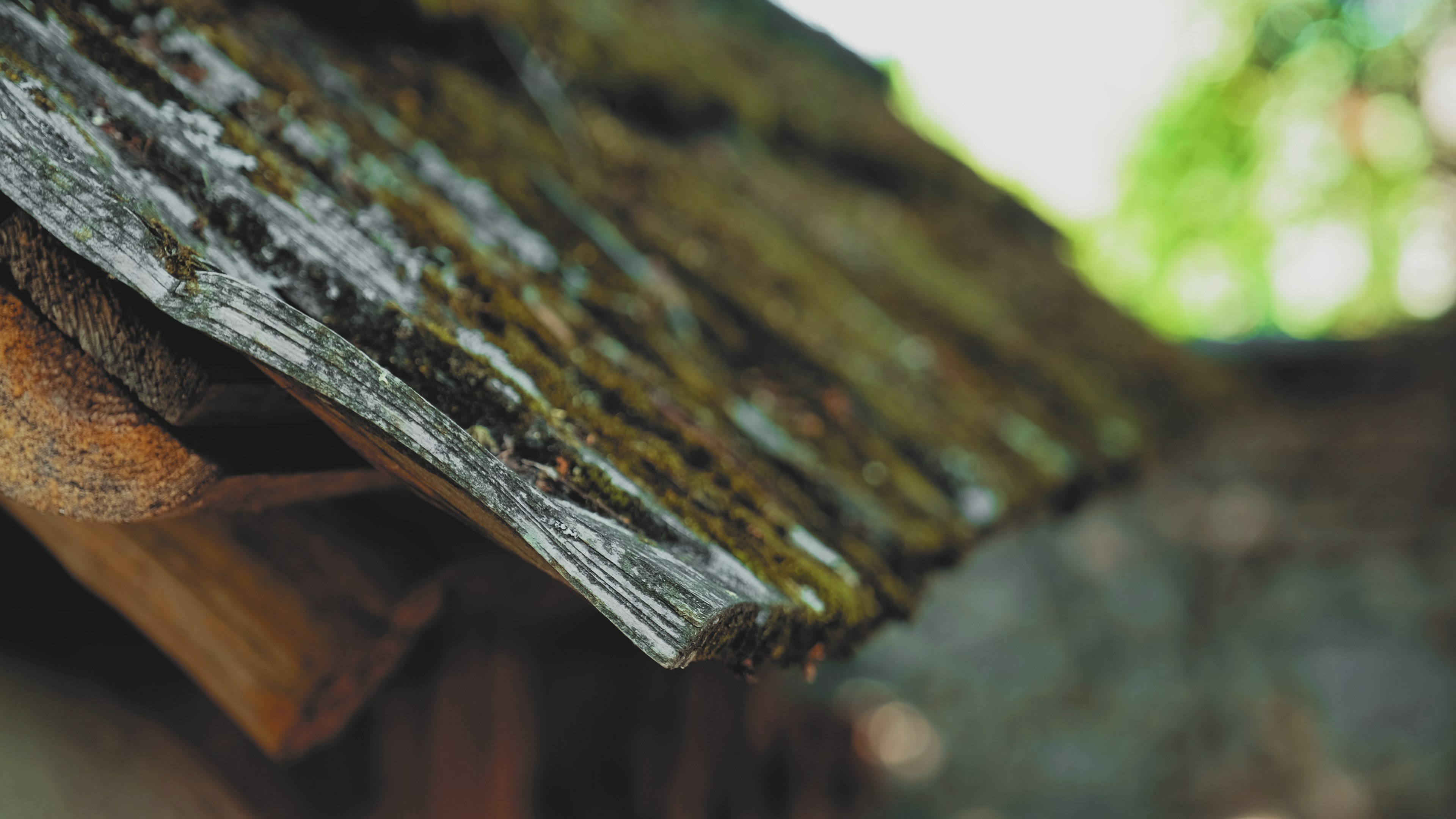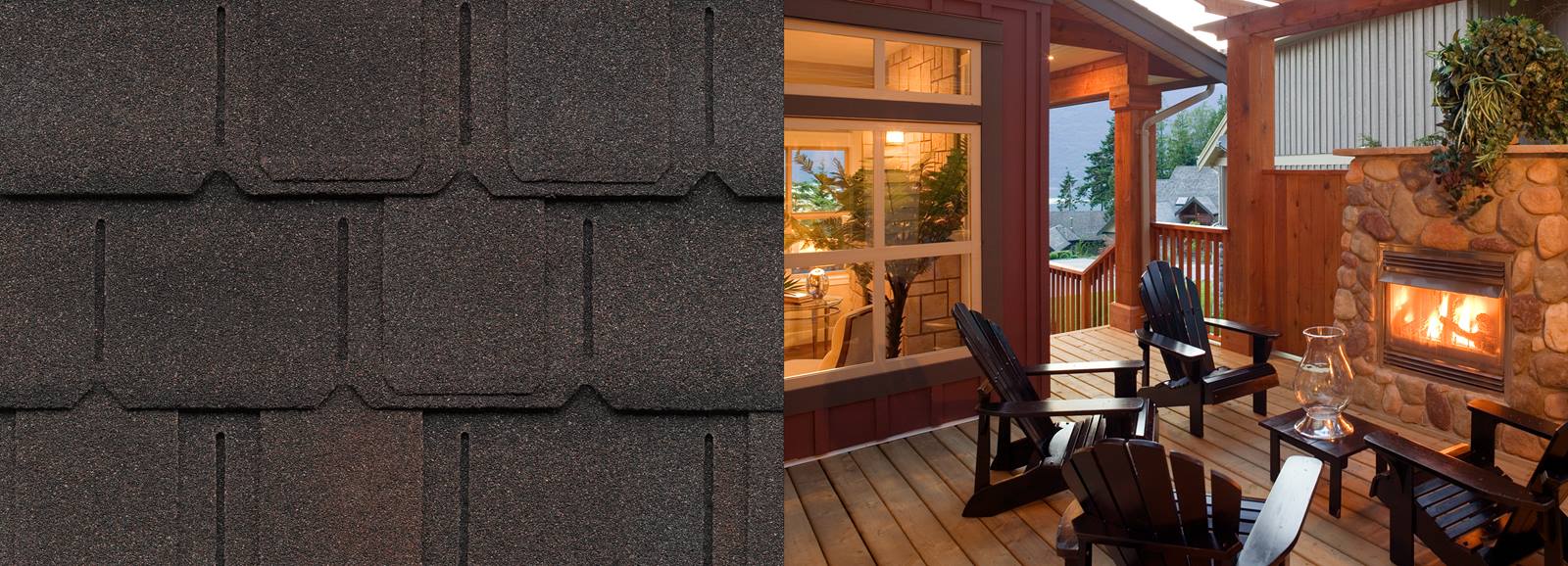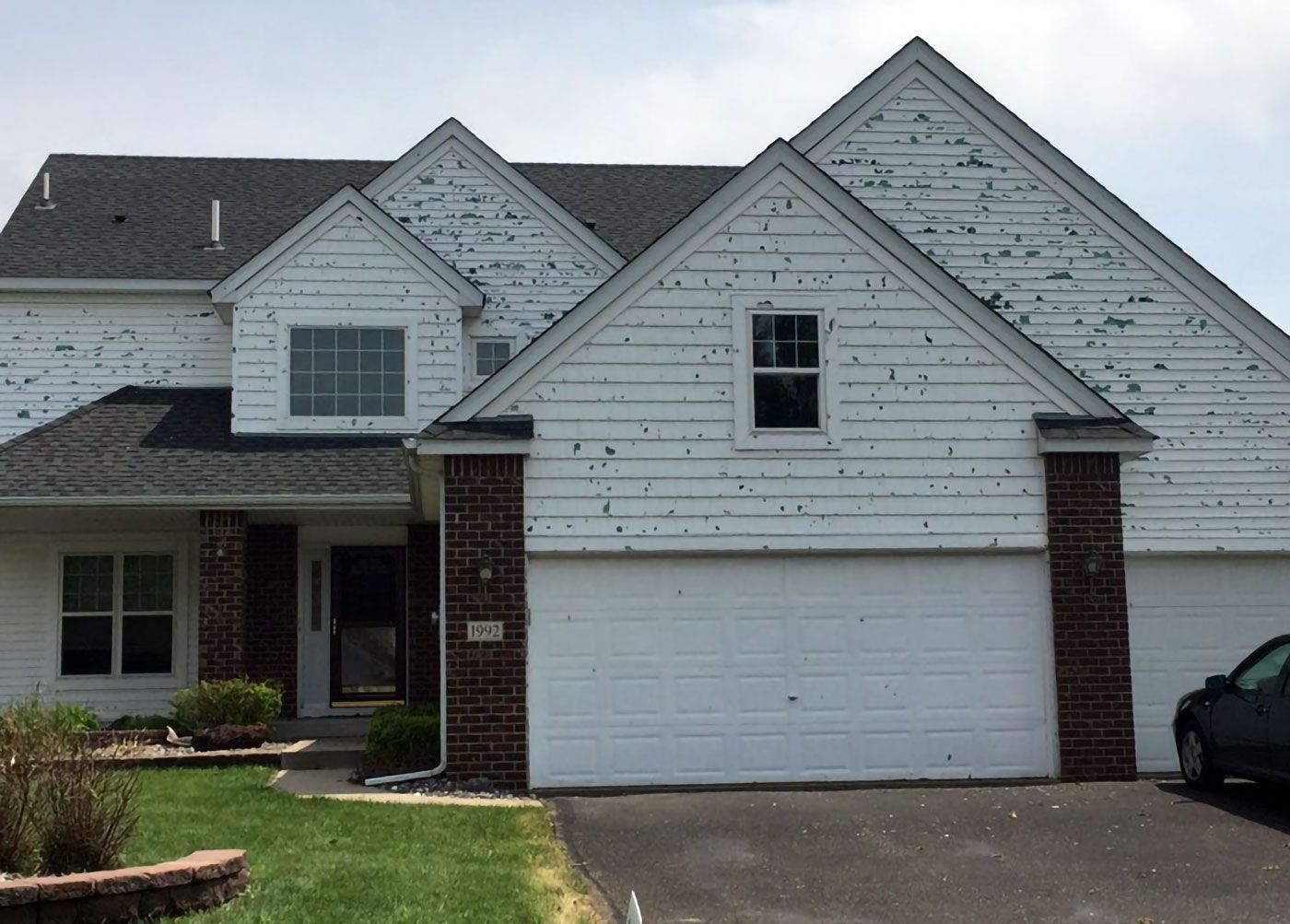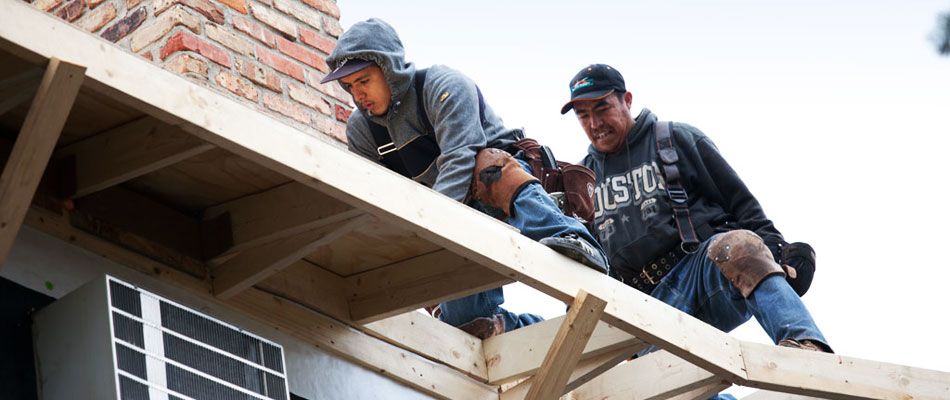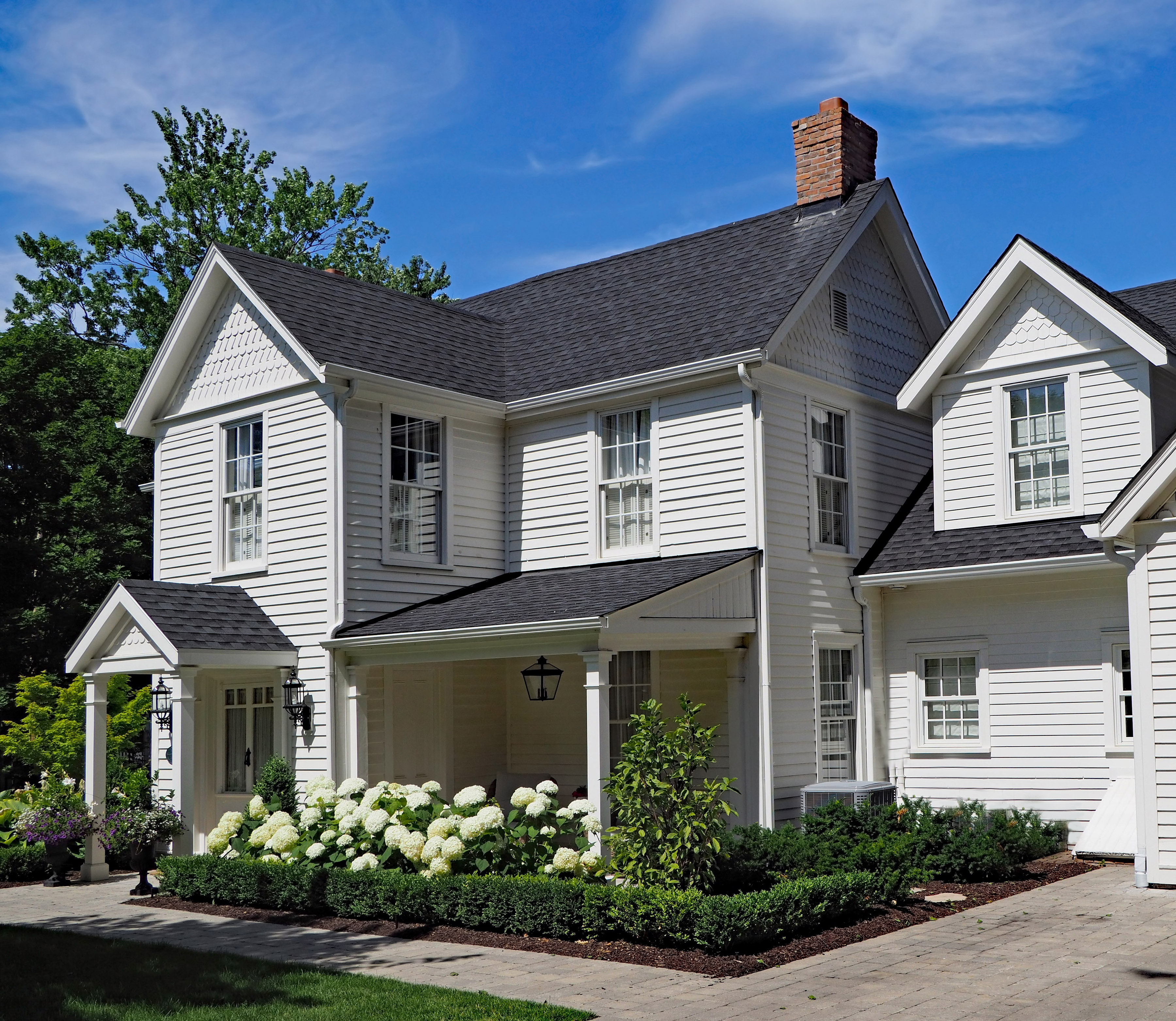
Siding Installation: Your Home’s Ultimate Protection Against Harsh Weather Conditions
Siding is an effective and cost-efficient way to protect your home from harsh weather conditions. Siding installation is a simple and hassle-free process that can increase the durability of your home while giving it an attractive and stylish finish. In this blog post, we will discuss the many benefits of having siding installed on your home and how it can help you weatherproof your home from the elements.
The Benefits of Siding
Vinyl siding offers numerous benefits that make it a popular choice for homeowners looking to protect their homes from harsh weather conditions. One of the main advantages of siding installation is its ability to enhance the durability of your home. Vinyl siding acts as a protective shield against the elements, including wind, rain, snow, and extreme temperatures. It helps prevent water from seeping into the walls, which can lead to costly water damage and mold growth.
In addition to its protective qualities, siding also adds an attractive and stylish finish to your home. It comes in a wide range of colors, textures, and styles, allowing you to choose the option that best complements your home’s architecture and your personal taste. Whether you prefer a traditional or modern look, vinyl siding offers endless design possibilities.
Furthermore, siding installation is a cost-effective solution for improving the energy efficiency of your home. Vinyl siding acts as an additional layer of insulation, reducing heat loss during the winter and heat gain during the summer. This can result in significant savings on your energy bills throughout the year.
When it comes to maintenance, vinyl siding is incredibly low-maintenance. Unlike other types of siding, it does not require painting or staining. A simple cleaning with soap and water is all that is needed to keep it looking fresh and vibrant.
Lastly, if you are concerned about the environmental impact of your home improvement projects, vinyl siding is an eco-friendly choice. It is made from recyclable materials and can be recycled at the end of its lifespan.
Overall, the benefits of vinyl siding installation make it an excellent investment for homeowners looking to protect and enhance the aesthetics of their homes. With its durability, versatility, energy efficiency, low maintenance, and eco-friendliness, vinyl siding offers a comprehensive solution for weatherproofing your home. So, why wait? Upgrade your home’s protection and style with vinyl siding today.
Types of Siding
When it comes to siding options for your home, there are a variety of materials to choose from. Each type of siding has its own unique features and benefits. Let’s explore some of the most popular types of siding available on the market today.
Vinyl siding: Vinyl siding is the most common type of siding used in residential construction. It is affordable, versatile, and comes in a wide range of colors and textures. Vinyl siding is low maintenance and resistant to fading, cracking, and warping. It is also an excellent choice for homeowners looking to enhance their home’s energy efficiency.
James Hardie siding: James Hardie siding, also known as fiber cement siding, is a durable and long-lasting option. It is made from a mixture of cement, sand, and cellulose fibers, which makes it resistant to fire, water damage, and pests. James Hardie siding is also available in a variety of styles, including traditional lap siding, shingles, and vertical siding.
Wood siding: Wood siding offers a natural and timeless look to any home. It is available in a variety of styles, including clapboard, shingles, and shakes. Wood siding requires regular maintenance, including painting or staining, to protect it from the elements and prevent rot and decay.
Metal siding: Metal siding, such as aluminum or steel, is a durable and low-maintenance option. It is resistant to fire, pests, and rot, and can withstand extreme weather conditions. Metal siding is available in a range of colors and can be installed in various styles, including vertical or horizontal panels.
These are just a few examples of the types of siding available for your home. Each option has its own unique features and benefits, so it’s important to consider your specific needs and preferences when choosing the right siding for your home. Consult with one of Sela Roofing’s production managers to help you make an informed decision based on your budget and aesthetic preferences.
Choosing the Right Siding for Your Home
Choosing the right siding for your home is an important decision that will not only impact the appearance of your home but also its durability and energy efficiency. With so many options available, it can feel overwhelming to determine which siding material is best suited for your needs.
To make an informed decision, start by considering the climate in your area. If you live in a region with harsh winters or frequent storms, you may want to choose a siding material that is highly resistant to moisture, such as vinyl or fiber cement. These materials can withstand heavy rain, snow, and extreme temperatures without warping or cracking.
Next, think about your desired aesthetic. Do you prefer a traditional look, such as the warmth and natural beauty of wood siding? Or are you drawn to the sleek and modern appearance of metal or vinyl siding? Take into account the architectural style of your home and the overall look you want to achieve.
Another crucial factor to consider is maintenance. Some siding materials, like vinyl and metal, require minimal upkeep and can simply be cleaned with soap and water. However, wood siding will require regular painting or staining to protect it from moisture and maintain its appearance. Consider how much time and effort you are willing to invest in maintaining your siding.
Finally, don’t forget about your budget. Different siding materials vary in price, so it’s important to choose a material that fits within your budget without compromising on quality. Keep in mind that while certain materials may have a higher upfront cost, they may offer long-term savings in terms of energy efficiency and durability.
By considering the climate, desired aesthetic, maintenance requirements, and budget, you can narrow down your options and choose the right siding for your home. Consulting with a professional siding contractor can also provide valuable insights and guidance to help you make the best decision for your specific needs. Remember, selecting the right siding material is a long-term investment that will enhance the beauty and protection of your home for years to come.

